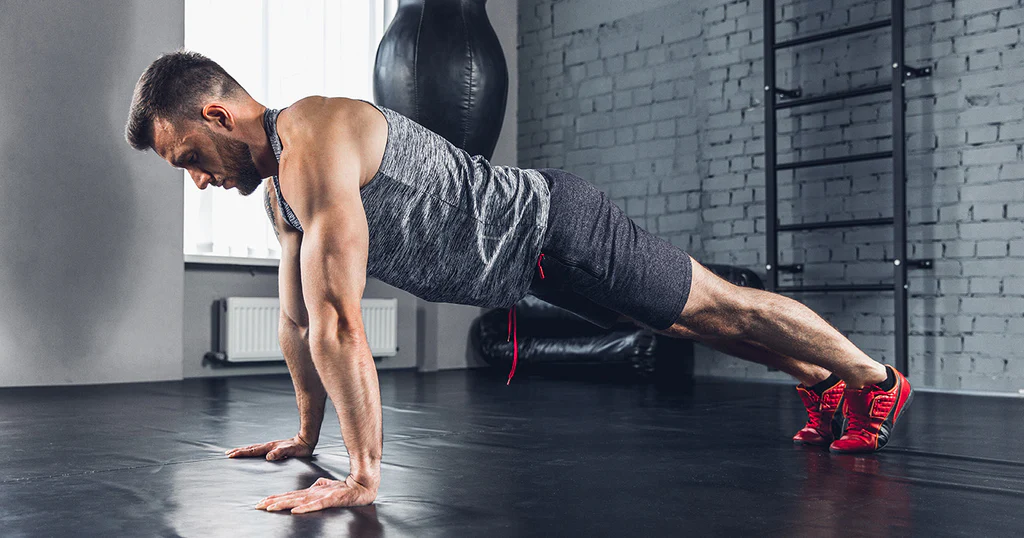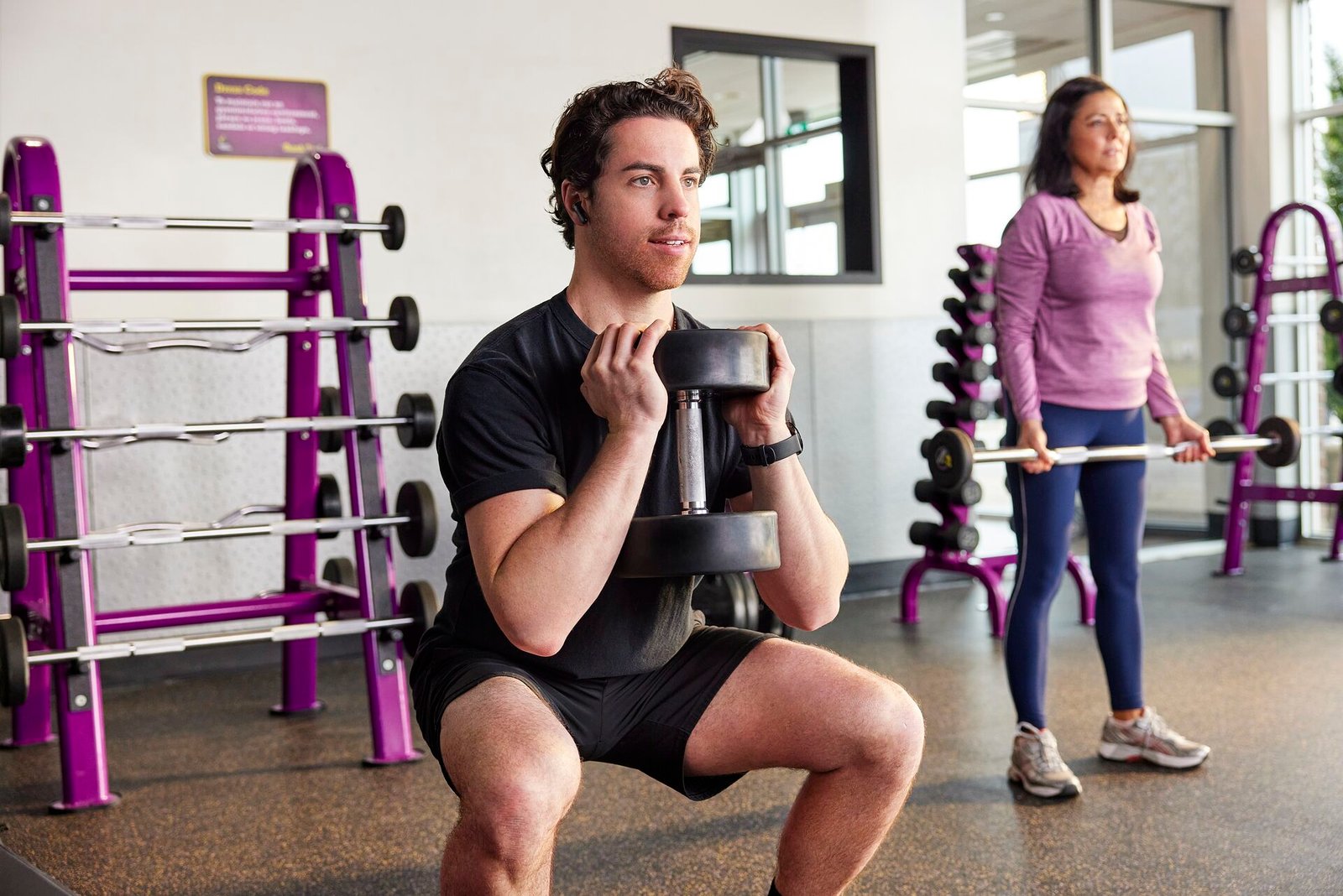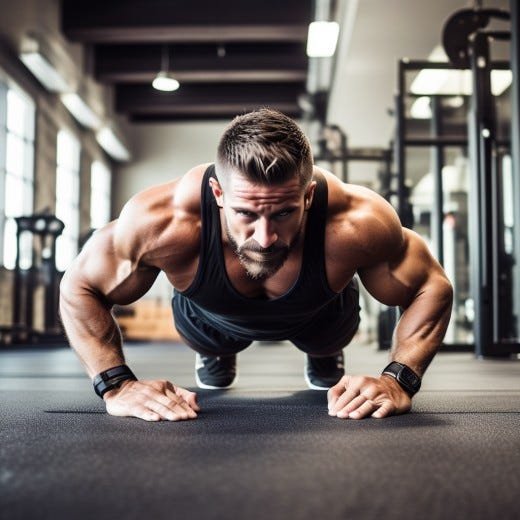In our fast-paced world, juggling work, family, and personal time can leave us feeling drained and fatigued.
But what if I told you that there’s a solution right at your fingertips? Welcome to the world of functional fitness, where everyday movements are transformed into opportunities for strength, flexibility, and vitality.
In this article, we’ll explore ten functional fitness exercises designed to make daily activities feel effortless.
Say goodbye to stiffness and hello to a life of fluid motion!

Understanding Functional Fitness
Functional fitness isn’t just about building muscles for the sake of appearance; it’s about enhancing the quality of your life by improving your ability to perform daily tasks with ease.
Unlike traditional gym workouts that isolate specific muscles, functional exercises focus on multiple muscle groups working together, mimicking movements you do in everyday life.
Benefits of Functional Fitness
- Improved Mobility: Say goodbye to stiffness as functional exercises promote flexibility and joint mobility.
- Enhanced Strength: Build functional strength that translates into real-life activities like carrying groceries or lifting children.
- Injury Prevention: By strengthening muscles and improving balance, you reduce the risk of injury during daily tasks.
- Increased Energy Levels: Regular functional fitness exercises can boost your energy levels and vitality, helping you tackle each day with gusto.
Top 10 Functional Fitness Exercises
1. Squats
Squats are the ultimate functional exercise, targeting your quadriceps, hamstrings, glutes, and core muscles.
Start with bodyweight squats and gradually progress to weighted squats for added resistance.
2. Lunges
Lunges work multiple muscle groups simultaneously, including the quadriceps, hamstrings, glutes, and calves.
They also improve balance and coordination, essential for daily activities like walking and climbing stairs.
3. Push-ups
Push-ups strengthen the chest, shoulders, triceps, and core muscles.
They’re a versatile exercise that can be modified to suit different fitness levels, making them perfect for beginners and advanced practitioners alike.
4. Planks
Planks are a simple yet effective exercise for strengthening the core muscles, including the abdominals, obliques, and lower back.
Aim to hold a plank position for 30 seconds to a minute, gradually increasing the duration as you build strength.
5. Deadlifts
Deadlifts are a functional exercise that targets the posterior chain, including the lower back, glutes, and hamstrings.
Proper form is crucial to prevent injury, so start with light weights and focus on maintaining a neutral spine throughout the movement.
6. Rows
Rowing exercises target the upper back, shoulders, and arms while also engaging the core muscles for stability.
Whether using resistance bands, dumbbells, or a cable machine, incorporate rows into your routine for a strong, balanced upper body.

7. Step-ups
Step-ups mimic the motion of climbing stairs, making them ideal for improving lower body strength and cardiovascular endurance.
You can use a step platform or a sturdy bench to perform step-ups, gradually increasing the height and resistance as you progress.
8. Shoulder Press
Shoulder presses target the deltoid muscles, which are essential for overhead movements like reaching for items on high shelves or lifting objects overhead.
Start with light weights and focus on proper form to avoid straining your shoulders.
9. Kettlebell Swings
Kettlebell swings are a dynamic full-body exercise that improves power, strength, and cardiovascular fitness.
They’re particularly effective for strengthening the posterior chain and developing explosive hip power, essential for activities like lifting and bending.
10. Farmer’s Walk
The farmer’s walk is a functional exercise that simulates carrying heavy objects, such as groceries or luggage.
Grab a pair of heavy dumbbells or kettlebells and walk for a designated distance or time, focusing on maintaining good posture and engaging your core muscles.
Conclusion
Functional fitness isn’t just about looking good; it’s about feeling great and moving effortlessly through life’s daily activities.
By incorporating these ten functional exercises into your routine, you’ll build strength, flexibility, and resilience that will serve you well in everything you do.
So, why wait? Start mastering functional fitness today and unlock the full potential of your body!

FAQs (Frequently Asked Questions)
1. Can anyone do functional fitness exercises?
Absolutely! Functional fitness exercises can be modified to suit any fitness level, from beginners to advanced practitioners.
Start at your own pace and gradually increase intensity as you build strength and confidence.
2. How often should I do functional fitness workouts?
Ideally, aim for at least three to four sessions per week to see significant improvements in strength, flexibility, and overall fitness.
However, listen to your body and adjust the frequency as needed to avoid overtraining and burnout.
3. Do I need special equipment for functional fitness exercises?
While some exercises may require equipment like dumbbells, kettlebells, or resistance bands, many functional movements can be done using just your bodyweight.
Start with the basics and gradually invest in equipment as you progress.
4. Can functional fitness help with weight loss?
Yes, functional fitness exercises can contribute to weight loss by increasing muscle mass, boosting metabolism, and improving overall calorie burn.
However, it’s essential to combine regular exercise with a balanced diet for optimal results.
5. How long does it take to see results from functional fitness?
Results vary depending on individual factors such as fitness level, consistency, and adherence to proper form.
With dedication and commitment, you can start experiencing improvements in strength, flexibility, and energy levels within a few weeks of consistent training.
